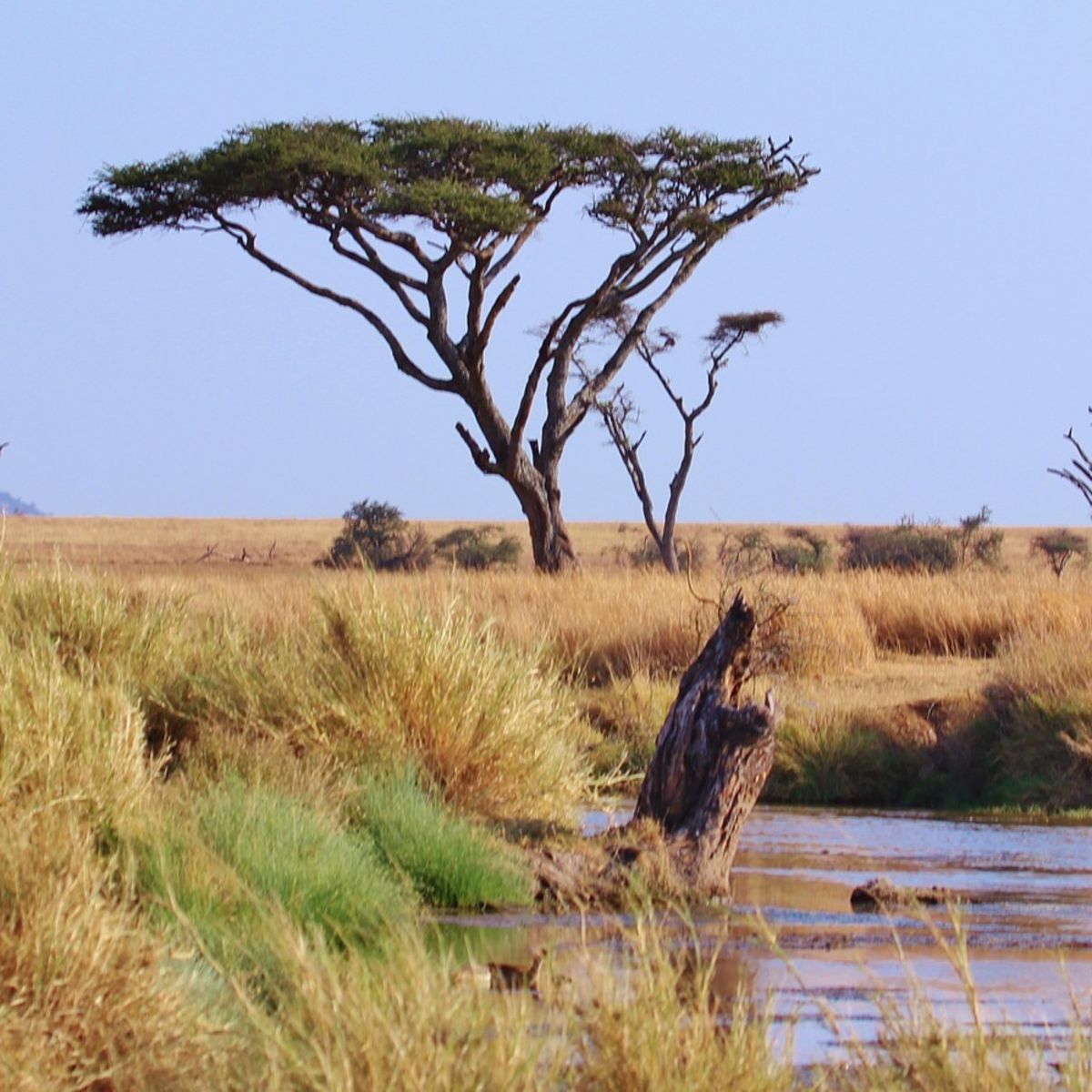
Best time to visit Serengeti National Park
Serengeti National Park offers excellent safari experiences all year round. Truly! That said, each month has something special to offer. February is calving season, for instance. And July and August are when the Great Migration do epic river crossings!

by Paul Kelly
15 min read
Overview:
- Overview of the Serengeti's seasons
- January
- February
- March
- April
- May
- June
- July
- August
- September
- October
- November
- December
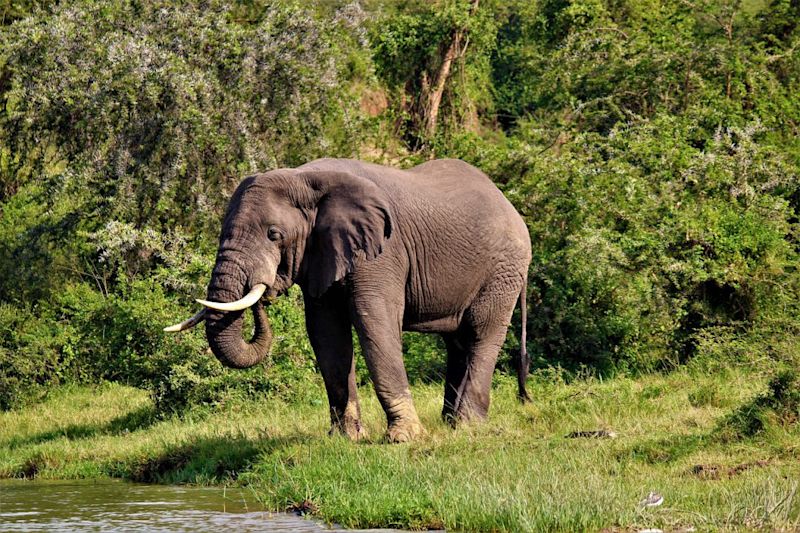
Overview of the Serengeti's seasons
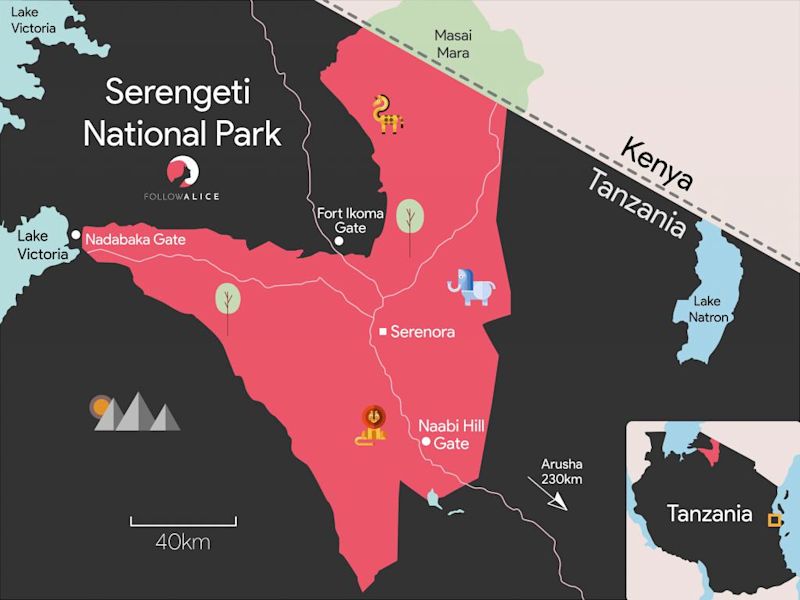
January
Quick facts
Rainfall: Medium Max temp: 29° C Min temp: 15° C Visitors: Medium
What's the weather like in Serengeti in January?
It's the start of the short dry season. The mornings tend to be warm and dry, and the afternoons sometimes see short showers.
What are the pros of a Serengeti safari in January?
The animals of the Great Migration head into southeast Serengeti, so you can find them grazing there. Late January is the start of the calving season. In the southeast of the park, you'll see wildebeest, zebra and antelope calves being born, a fantastic sight! The southeast of the park is also known for its cheetah population. Lions and other predators follow the Great Migration, so by following the movements of the herds, your chances of seeing predator action is also high. During calving season, they're looking for little ones to take out.
Are there any drawbacks to visiting Serengeti in January?
It can get pretty humid at this time of year. Mosquitoes can be a nuisance, so wear long sleeves and pack insect repellent. There's some rain, but if you go for morning safari drives you should be fine.
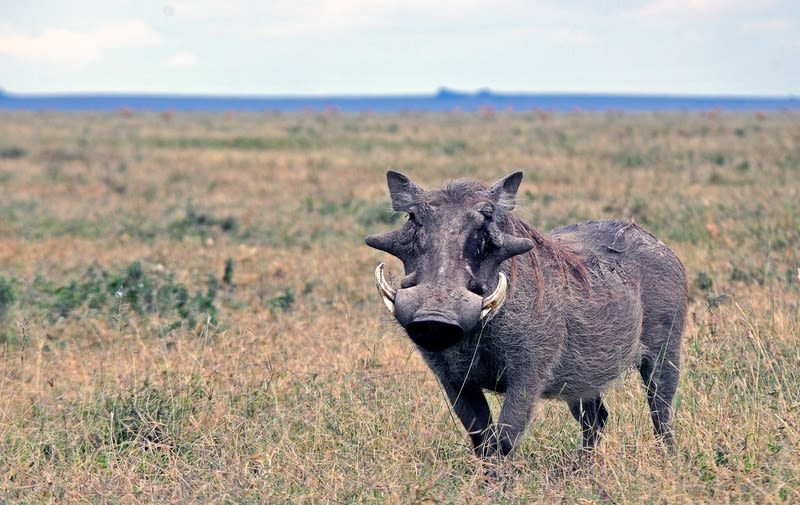
February
Quick facts
Rainfall: High Max temp: 29° C Min temp: 15° C Visitors: Medium
What's the weather like in Serengeti in February?
This is the short dry season, so while rain can still happen in the afternoons, you'll mostly have hot, dry weather. February is one of the hottest months in the Serengeti, so you'll want to pack light clothing.
What are the pros of a Serengeti safari in February?
February is calving season among herbivores likes zebras, antelopes and wildebeests, so you'll see be able to see baby animals among the Great Migration herds, which are usually in southeast Serengeti at this time of year. Predator action is high because of all the newborn animals. Southeast Serengeti is a hotspot for cheetah sightings.
Are there any drawbacks to visiting Serengeti in February?
Some might find the heat a bit much, especially if unused to it. Be sure to wear sunscreen (and reapply it) and drink plenty of fluids. We also advise going on early morning and evening game drives (it's not only cooler, but the animals are also more active then).

March
Quick facts
Rainfall: Heavy Max temp: 29° C Min temp: 15° C Visitors: Very few
What's the weather like in Serengeti in March?
Afternoon showers are very common, but the mornings offer great game drive conditions. Expect high humidity. Temperatures can easily reach 30° C and above during the day.

If you like turbulent skies and dramatic landscapes, then you'll love the Serengeti in March!
What are the pros of a Serengeti safari in March?
The Great Migration herds start to head westwards towards the Serengeti's Grumeti region, and you can see many young animals on the move. The park is very empty in March, so there's less chance of other vehicles scaring off the wildlife. The rains bring revival to the park, and flowers bloom everywhere. Migratory birds are in residence, and many birds are in their breeding plumage, making birdspotting very exciting. Storm clouds and angry skies often create very dramatic scenes that are a treat to photograph.
Are there any drawbacks to visiting Serengeti in March?
It is uncomfortably hot and humid at times. Afternoon downpours can be a daily occurrence.
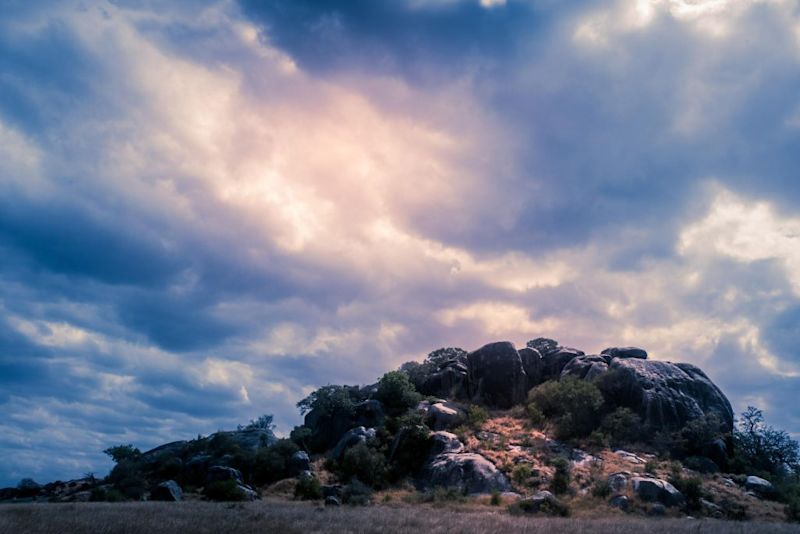
April
Quick facts
Rainfall: Heavy Max temp: 27° C Min temp: 16° C Visitors: Very few
What's the weather like in Serengeti in April?
April is the wettest month of the year, so you need waterproof garments if you visit at this time. The average daytime temperature is around 25° C.
What are the pros of a Serengeti safari in April?
The migratory herds are accompanied by their young, which is a lovely sight and one that makes some great photo ops. The park is very empty of visitors, so you feel you have it all to yourself. You also don't have to contend with other vehicles being in your viewfinder! The park is exceptionally beautiful.

There are about 80 large mammal species in the Serengeti, so wildlife spotting never, ever gets boring!
Are there any drawbacks to visiting Serengeti in April?
Most notably, there's a lot of rain, so you have to time your game drives between the downpours. The humidity prevents the clear shots one is able to capture of animals during the dry season. You can expect mosquitoes, so dress in long-sleeves and long pants, and wear insect repellent.
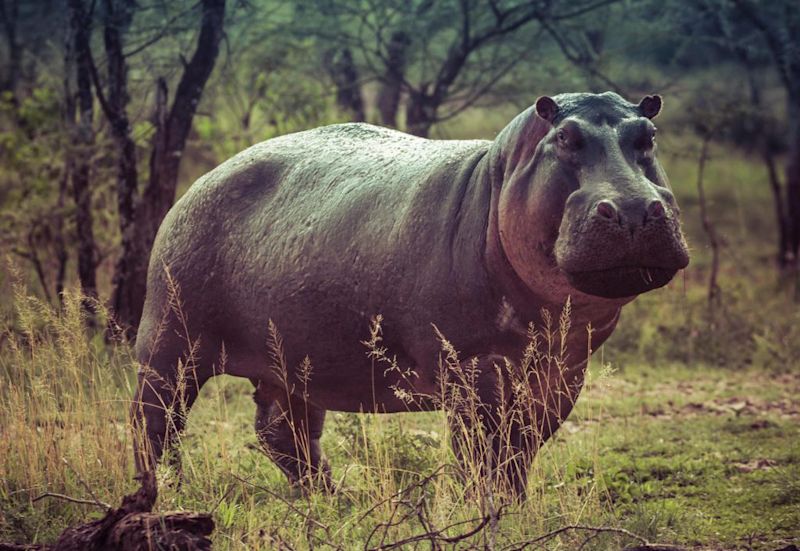
May
Quick facts
Rainfall: Medium Max temp: 26° C Min temp: 15° C Visitors: Very few
What's the weather like in Serengeti in May?
There's still plenty of rain and overcast skies in May. Daytime temperatures hover around the mid 20s, with nights getting a bit cooler.
What are the pros of a Serengeti safari in May?
Temperatures are pretty pleasant, with the days no longer growing too hot. The wildlife viewing is excellent. There are still many migratory birds in the region.
Are there any drawbacks to visiting Serengeti in May?
Smaller animals can be hard to spot given the thick vegetation. You have to time your game drives to avoid the rain.
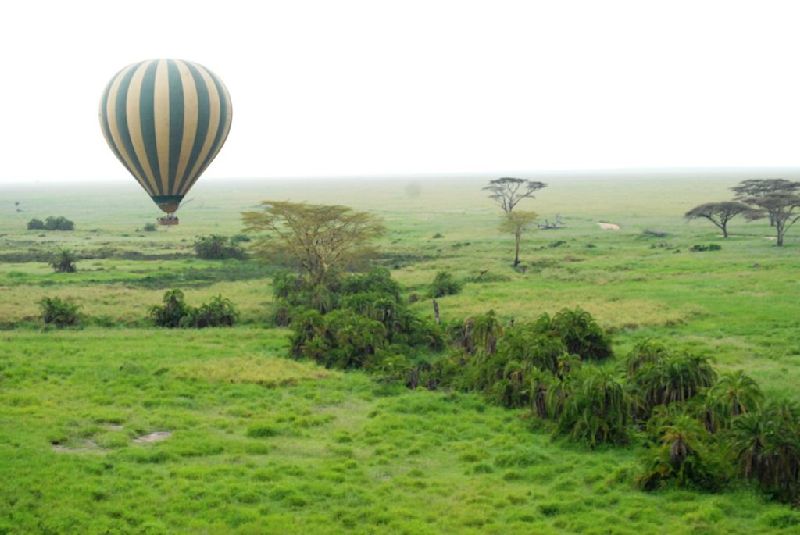
June
Quick facts
Rainfall: Low Max temp: 26° C Min temp: 13° C Visitors: Medium
What's the weather like in Serengeti in June?
The days are warm and dry, and the skies are clear and blue. Excellent safari weather!!
What are the pros of a Serengeti safari in June?
The game viewing in Serengeti is phenomenal in June. Animals are easier to spot, and the conditions are clear and pleasant. This is one of the best months for seeing the famous Great Migration herds. They start to congregate on the south side of the Grumeti River, readying for mass crossings so they can continue the journey northwards.

June is one of the best months for seeing the herds of the Great Migration.
Are there any drawbacks to visiting Serengeti in June?
The park starts to fill up with tourists, so key locations can become a bit crowded. You need to book early to secure the best accommodation, as properties fill up quickly.
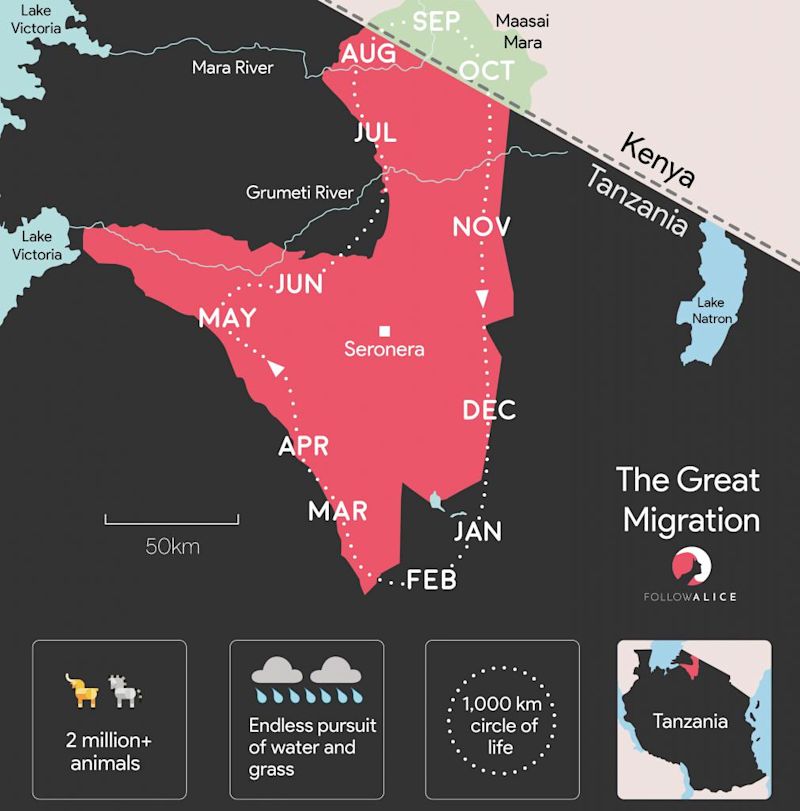
July
Quick facts
Rainfall: Very low Max temp: 25° C Min temp: 13° C Visitors: Many
What's the weather like in Serengeti in July?
Mornings and evenings are chilly, with the days being sunny and pleasant. Skies tend to be clear and blue.

The days are warm and dry in July, and the skies are clear and blue. This is excellent safari weather!!
What are the pros of a Serengeti safari in July?
The wildlife viewing is excellent at this time of year. For starters, the vegetation becomes thinner, making animals easier to spot. The clear skies and reduced humidity let you see far and capture great shots. The Great Migration herds start to cross the Grumeti River, which is amazing spectacle to behold. Mosquitoes aren't such a nuisance in the dry season.
Are there any drawbacks to visiting Serengeti in July?
Visitor numbers start to rise in July, so the park and its campsites will be buzzing.
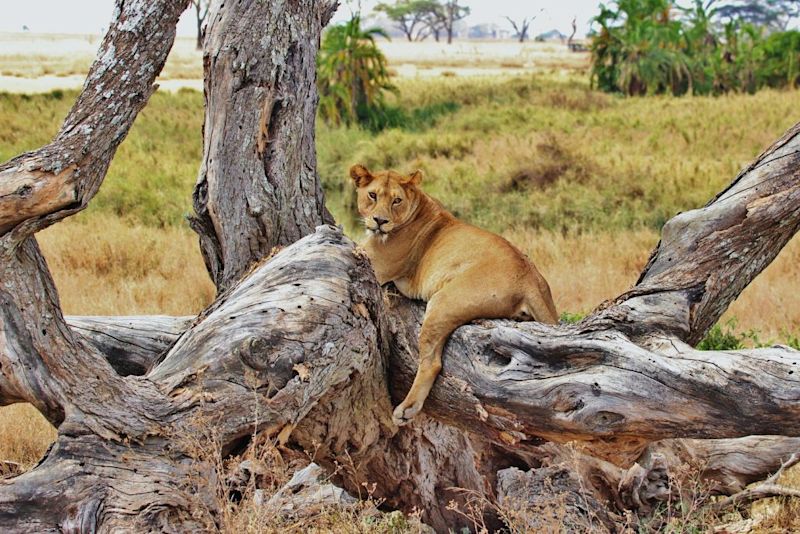
August
Quick facts
Rainfall: Low Max temp: 26° C Min temp: 14° C Visitors: Many
What's the weather like in Serengeti in August?
The days are cooler and there aren't many mosquitoes, which makes for pleasant game drives. The nights can be chilly, so don't forget some long clothes. There's very little rain. You mostly have clear, blue African skies during the day and a star-filled heavens to gaze upon at night.
What are the pros of a Serengeti safari in August?
There's a good chance of seeing a Mara River crossing, as the herds of the Great Migration are usually moving northwards at this time of year, heading towards the greener pastures of the Maasai Mara Reserve in Kenya.

River crossings are frenzied events, with many wildebeests drowning or being taken out by Nile crocs.
Are there any drawbacks to visiting Serengeti in August?
There are many safari vehicles in the park, but if you have a good driver and guide, he or she should know where to take you for some quieter finds should you wish.

September
Quick facts
Rainfall: Low Max temp: 27° C Min temp: 14° C Visitors: Many

September is a popular month for a Serengeti safari as it offers truly excellent game-viewing conditions.
What's the weather like in Serengeti in September?
The weather in September is very pleasant, with warm days and fresh, clean air. The skies are clear, humidity is low, and there's very little rain. Mornings and evenings can be chilly, but not unpleasantly so.
What are the pros of a Serengeti safari in September?
Skies are clear and there's little humidity, which means you enjoy long views and sharp photographs. The days are warm, but generally not too warm by most people's standards. The short grasses and thin vegetation make animal-spotting relatively easy. This pro is enough on its own to persuade many people to come to Serengeti in September!
Are there any drawbacks to visiting Serengeti in September?
The park can be crowded in certain sections, like central Serengeti. But given how big it is, there are always areas available for quieter game drives if you wish.
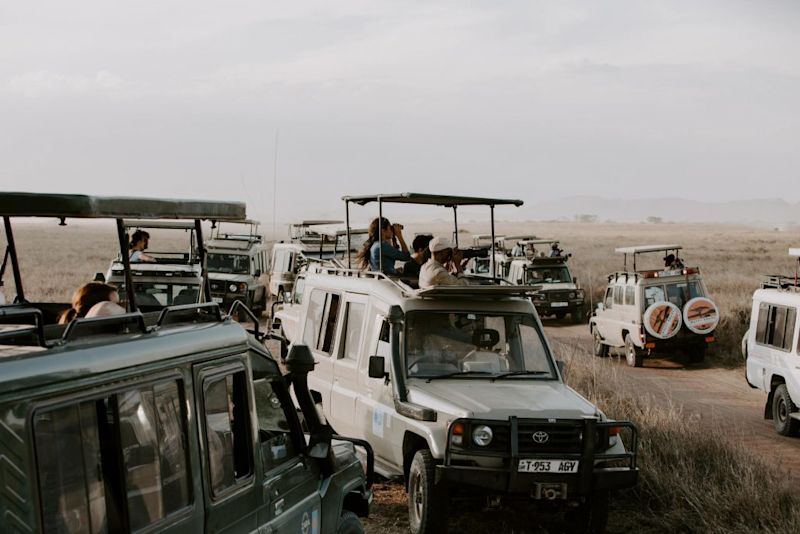
October
Quick facts
Rainfall: Medium Max temp: 28° C Min temp: 15° C Visitors: Many
What's the weather like in Serengeti in October?
The first part of October is the end of the long dry season. Rainfall is low and the skies are clear. The days are pretty warm. Late October sees the start of the short rains. Things start to hot up this month, with daytime temperatures reaching the high 20s.
What are the pros of a Serengeti safari in October?
The wildlife viewing is truly fantastic at this time of year – the animals are easy to spot because of the short grasses and also because they cluster around water. There are hardly any annoying mosquitoes, yippee! If you're wanting to pair a safari with a Kilimanjaro climb or a Zanzibar holiday, the weather is perfect for both this month!

If it's all about the animals with you, then October is the perfect month for a Serengeti safari.
Are there any drawbacks to visiting Serengeti in October?
The park is very dry, so you won't be seeing flowers and the like. But the Serengeti in the dry season has a unique beauty, and you'll still see many memorable landscapes. The park is fairly busy. You might want to consider travelling to some of the quieter sections of the Serengeti if you want to avoid the crowds. Many of the Great Migration herds are across the border in Kenya at this time. The park can get a bit dusty in places as there hasn't been rain in months.
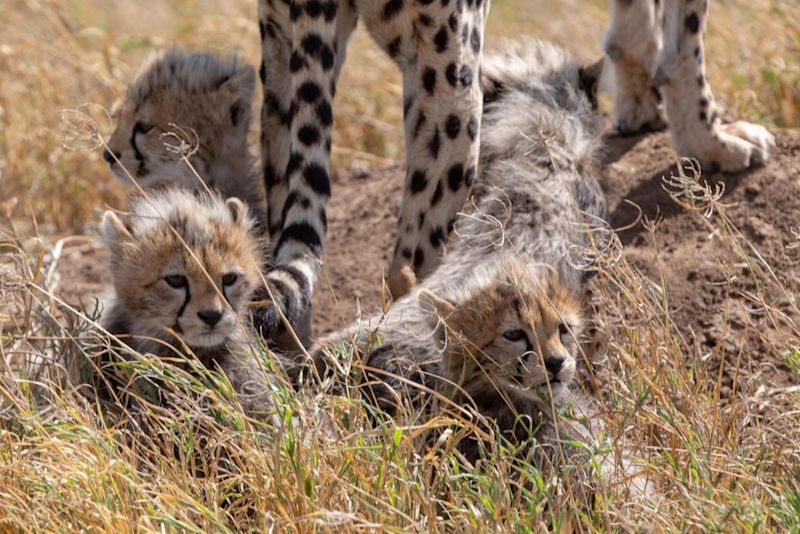
November
Quick facts
Rainfall: High Max temp: 27° C Min temp: 15° C Visitors: Few
What's the weather like in Serengeti in November?
There's a fair bit of rainfall throughout the park, and temperatures are starting to rise.
What are the pros of a Serengeti safari in November?
The herds of the Great Migration are reentering the northern Serengeti, and must cross the Mara River once again. The park is quieter, so there's lots of competitive accommodation available and you feel you have the park more to yourself. Green shoots and new growth appear all over the park. The game-viewing opportunities, as always, are still fantastic!
Are there any drawbacks to visiting Serengeti in November?
The rains settle in, so you'll want to bring waterproof clothes.
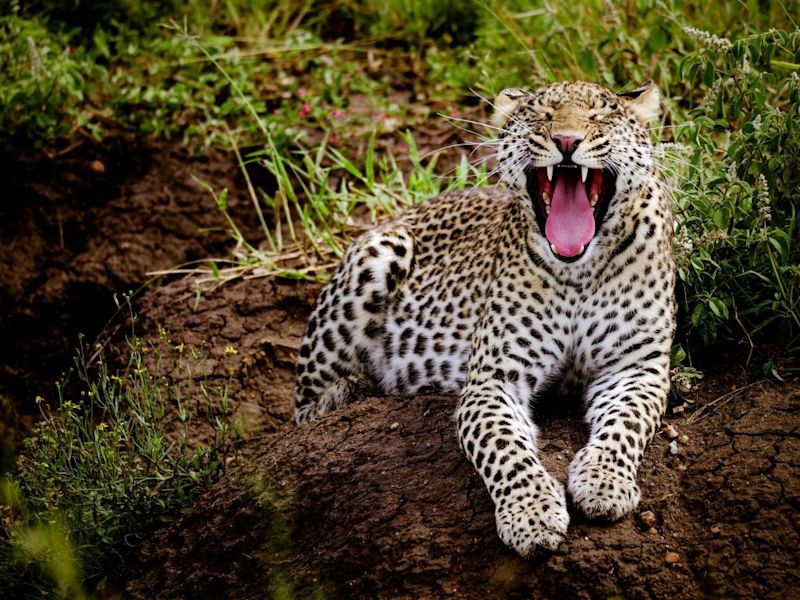
December
Quick facts
Rainfall: High Max temp: 27° C Min temp: 15° C Visitors: Medium
What's the weather like in Serengeti in December?
November and December are the short rainy season in Serengeti. So you can expect some rain. But this usually comes as showers in the afternoon or evening. The days are pretty warm, especially towards the end of the month.
What are the pros of a Serengeti safari in December?
The Serengeti is very green at this time of year, making for beautiful photo ops. The park is at its prettiest, with flowers blooming. The birdlife is epic. Migratory birds from Europe and North Africa are in the Serengeti at this time, and many birds are wearing their colourful breeding plumage. The park isn't crowded in December.

Did you know that the Serengeti boasts over 500 recorded bird species??
Are there any drawbacks to visiting Serengeti in December?
It can be harder to spot the small animals given the thicker foliage and tall grass. The rains mean you'll need to time your safari drives to avoid them.


